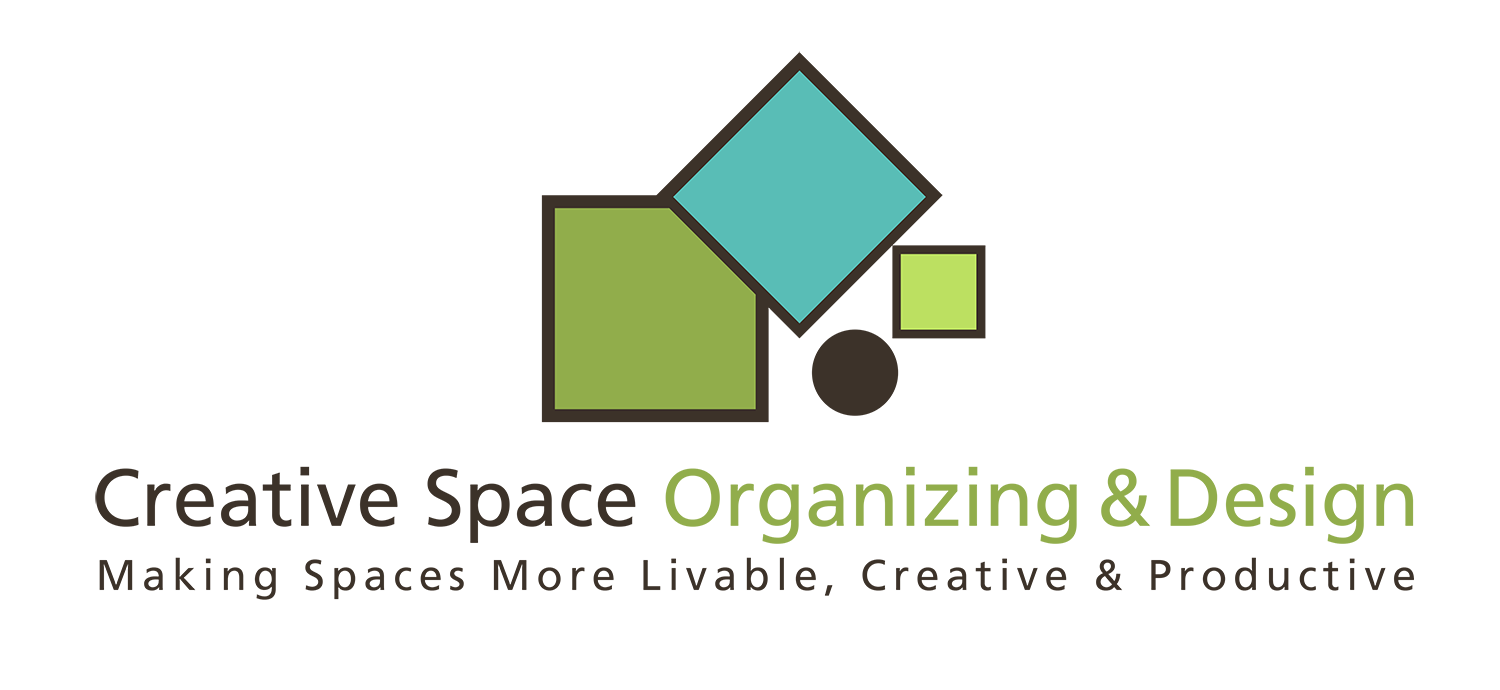 Whether we like it or not, organizing is not a static event. We don’t clean up a space, put everything where it belongs and think that it’s done. Organizing, like our homes and offices, is a fluid and moving process. Things come into and go out of these areas on a consistent basis. Just as we are in constant motion, so are the things around us. For organizing to be truly effective, we need to allow for such movement and change to occur.
Whether we like it or not, organizing is not a static event. We don’t clean up a space, put everything where it belongs and think that it’s done. Organizing, like our homes and offices, is a fluid and moving process. Things come into and go out of these areas on a consistent basis. Just as we are in constant motion, so are the things around us. For organizing to be truly effective, we need to allow for such movement and change to occur.
Organizing is the act of creating usable and maintainable systems so the things we own and use are accessed and put back when the tasks and the item’s uses are completed. Having a place to store our things where we can find them allows us to have the order and balance we desire and require from our various places of work and rest.
Too often, clients don’t have effective systems in place , so things either end up on the floor, piled atop each other in a closet, buried in the garage or getting moved from place to place. When items have a specific home, they have a place of belonging and we know where that place is. We can remove it, use it for its function and then return it. This creates a loop or cycle of usage that aids and supports us in using our various items and having specific places to store them so they don’t overrun our lives through clutter and disorder.
So why get organized? Some people seem content in their clutter while others can’t stand a chair out of alignment with its table. Some get comfort from things all around them while others become anxious from a crooked picture. How can some people live and operate in what appears a disorderly home and office and others cannot? Everyone’s requirements for order and systems are different from another’s. My sense is that if someone can find what they need when they need it, then he/she has a system that works for him/her. It becomes a dividing line of requirements for open space, aesthetic concerns and how a space functions with its inhabitants. There exist varying degrees of clutter and one is not better or worse than another. Just as organizing is a process, it is also relative to each person’s needs and preferences. There is no one size fits all for organizing.
Take the time to see what is working and what isn’t in your work and home spaces. Can you manage your papers that are in various piles at the perimeter of the room? Can you find what you need when you need it? Are you constantly looking for your car keys, wallet? Do you find it challenging to locate food items because they aren’t clearly marked or returned to the same place each time after its usage? Do you like seeing a clear floor or does it work for you to have things in random piles? It’s a matter of choice and what works most effectively for you.
Organizing helps restore order and clarity to areas of our lives in which we live and work. It helps us function with greater ease and efficiency and function. Take the time to reassess what is in order and what isn’t. Make a list of what needs the most attention and either take action yourself to organize it, or hire a professional who can help you create new systems to create lasting change.
